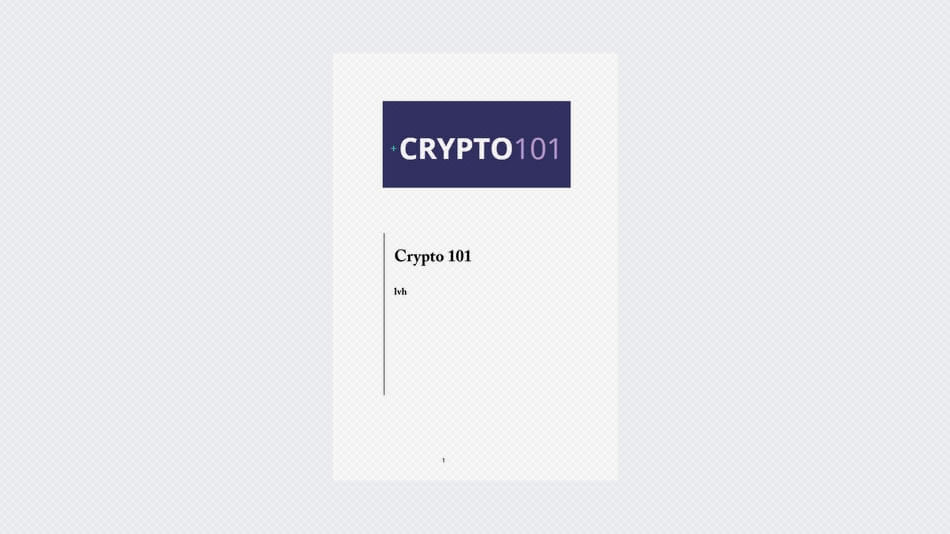This book is intended as an introduction to cryptography for pro-grammers of any skill level. It’s a continuation of a talk of the same name, which was given by the author at PyCon 2013.
The structure of this book is very similar: it starts with very simple primitives, and gradually introduces new ones, demonstrating why they’re necessary. Eventually,all of this is put together into complete, practical cryptosystems,such asTLS, GPG and OTR.
The goal of this book is not to make anyone a cryptographer or a security researcher. The goal of this book is to understand how complete cryptosystems work from a bird’s eye view, and how to apply them in real software.
The exercises accompanying this book focus on teaching cryptography by breaking inferior systems. That way, you won’t just ‘know’ that some particular thing is broken; you’ll know exactly how it’s broken, and that you, yourself, armed with little more than some spare time and your favorite programming language, can break them. By seeing how these ostensibly secure systems are actually completely broken, you will understand why all these primitives and constructions are necessary for complete cryptosystems. Hopefully, these exercises will also leave you with healthy distrust of DIY cryptography in all its forms.
For a long time, cryptography has been deemed the exclusive realm of experts. From the many internal leaks we’ve seen over the years of the internals of both large and small corporations alike, it has become obvious that that approach is doing more harm than good. We can no longer afford to keep the two worlds strictly separate. We must join them into one world where all programmers are educated in the basic underpinnings of information security, so that they can work together with information security professionals to produce more secure software systems for everyone. That does not make people such as penetration testers and security researchers obsolete or less valuable; quite the opposite, in fact. By sensitizing all programmers to security concerns, the need for professional security audits will become more apparent, not less.
This book hopes to be a bridge: to teach everyday programmers from any field or specialization to understand just enough cryptography to do their jobs, or maybe just satisfy their appetite.





